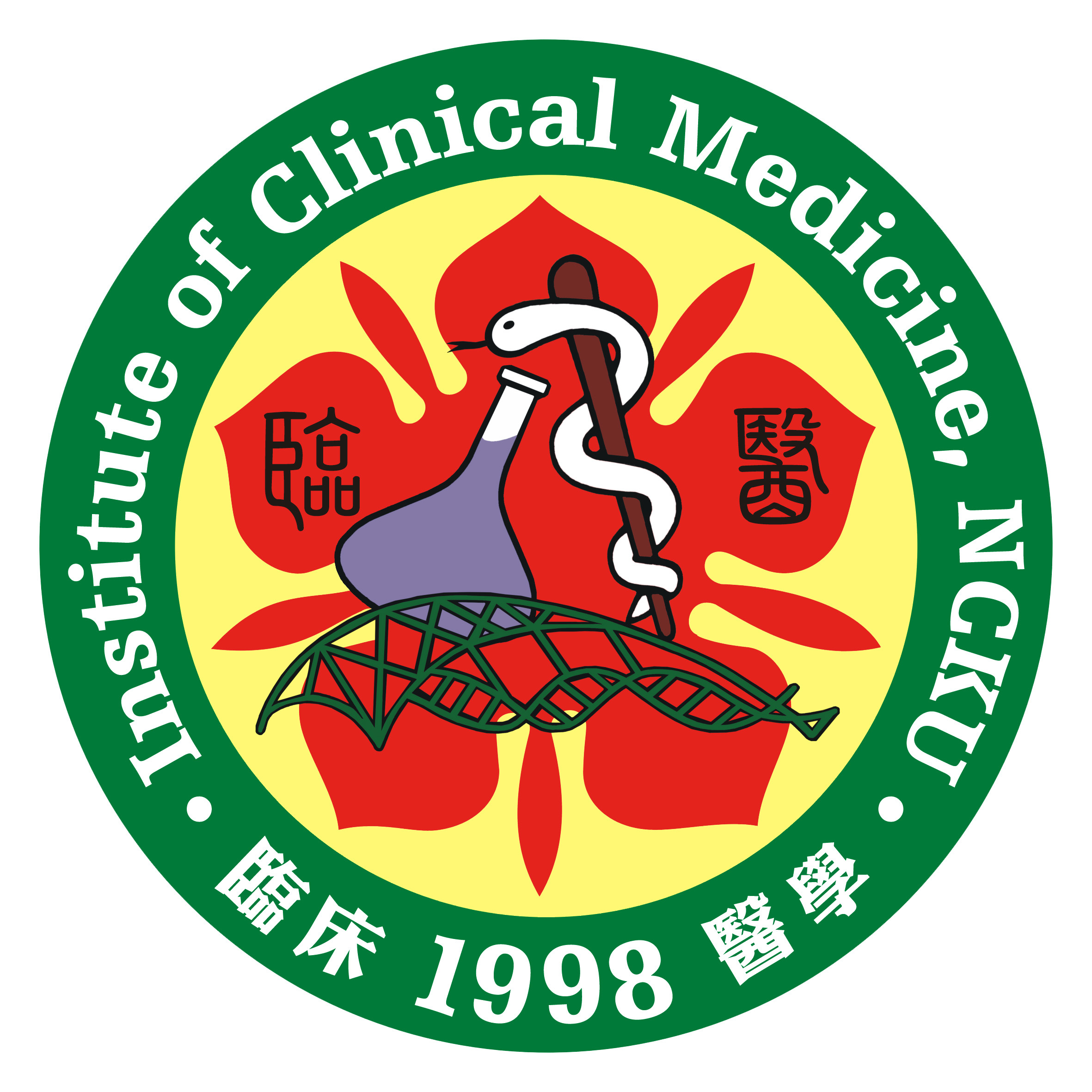蘇文彬 老師, Synergistic ROS Generation via Core–Shell Nanostructures with Increased Lattice Microstrain Combined with Single-Atom Catalysis for Enhanced Tumor Suppression., ACS Appl Mater Interfaces . 2024 Aug 28;16(34):45356-45370.
Abstract
This study emphasizes the innovative application of FePt and Cu core-shell nanostructures with increased lattice microstrain, coupled with Au single-atom catalysis, in significantly enhancing •OH generation for catalytic tumor therapy. The combination of core-shell with increased lattice microstrain and single-atom structures introduces an unexpected boost in hydroxyl radical (•OH) production, representing a pivotal advancement in strategies for enhancing reactive oxygen species. The creation of a core-shell structure, FePt@Cu, showcases a synergistic effect in •OH generation that surpasses the combined effects of FePt and Cu individually. Incorporating atomic Au with FePt@Cu/Au further enhances •OH production. Both FePt@Cu and FePt@Cu/Au structures boost the O2 → H2O2 → •OH reaction pathway and catalyze Fenton-like reactions. This enhancement is underpinned by DFT theoretical calculations revealing a reduced O2 adsorption energy and energy barrier, facilitated by lattice mismatch and the unique catalytic activity of single-atom Au. Notably, the FePt@Cu/Au structure demonstrates remarkable efficacy in tumor suppression and exhibits biodegradable properties, allowing for rapid excretion from the body. This dual attribute underscores its potential as a highly effective and safe cancer therapeutic agent.
Keywords: Fenton-like reaction; chemodynamic therapy; core−shell effect; single-atom catalyst; strain effect.
